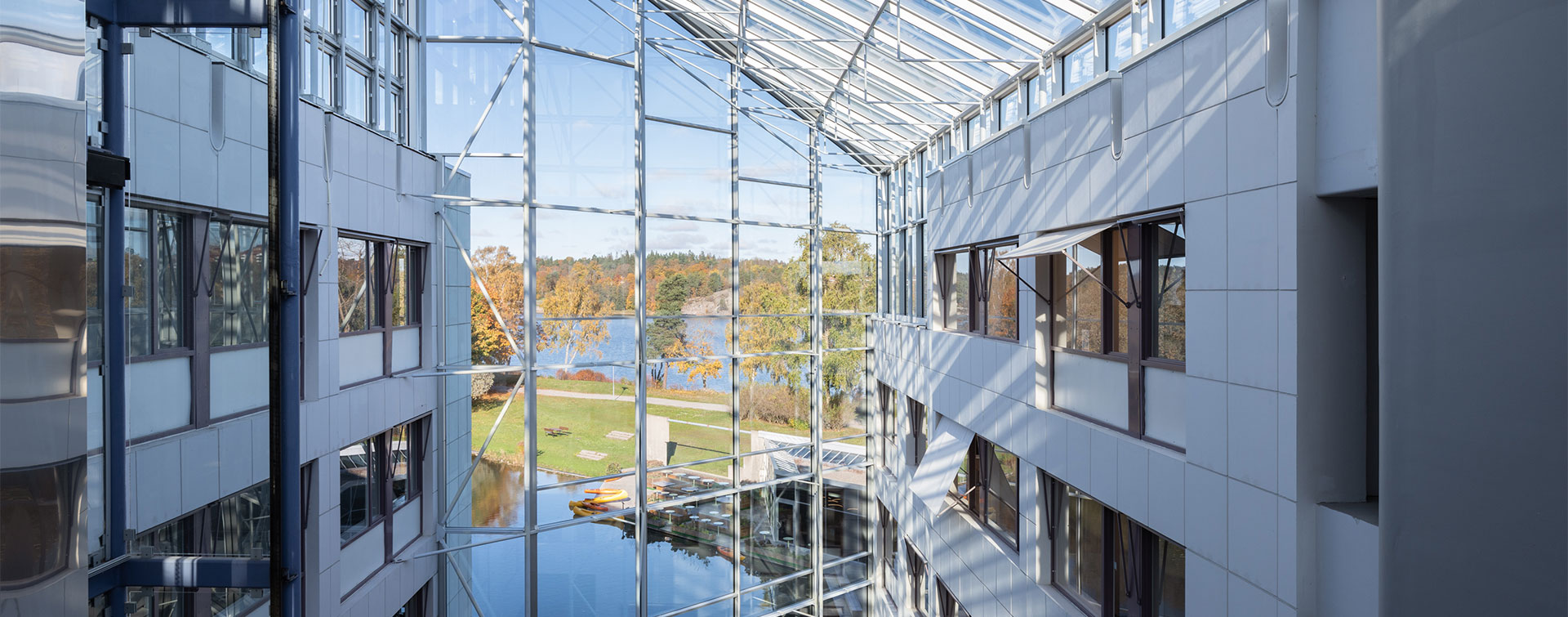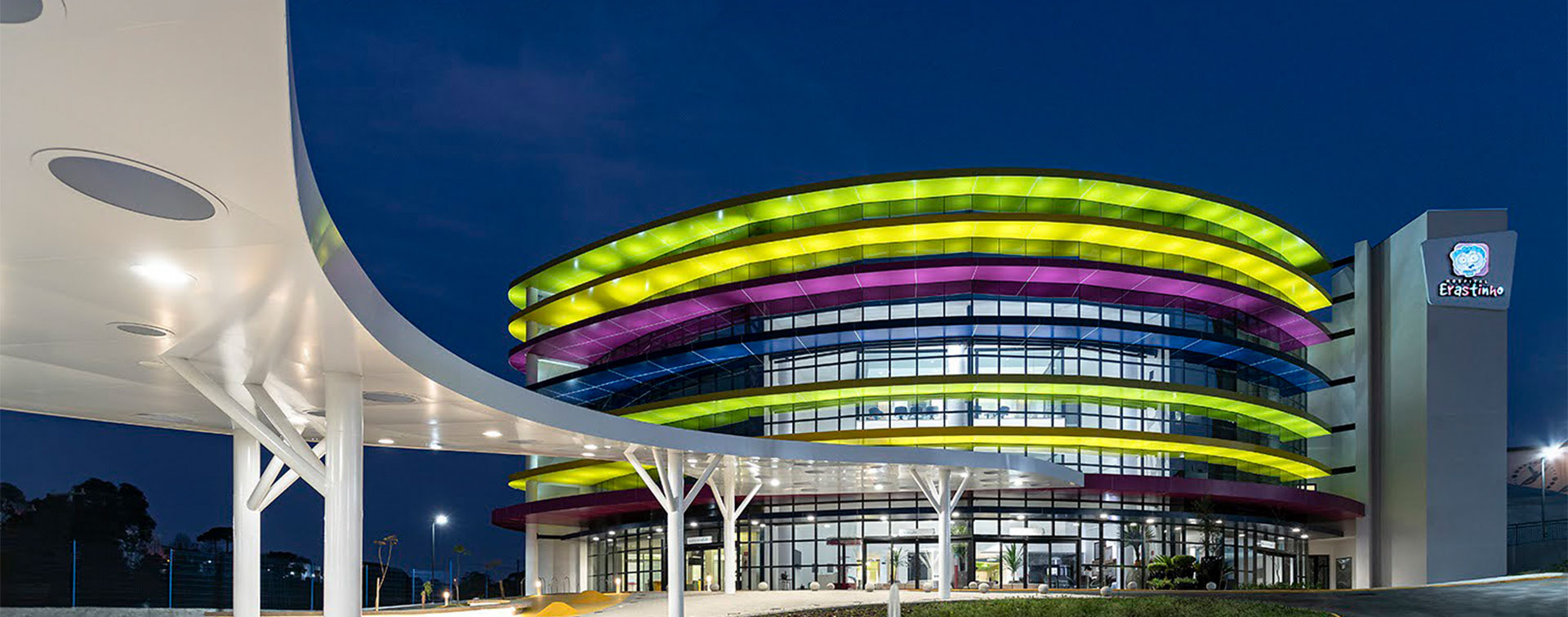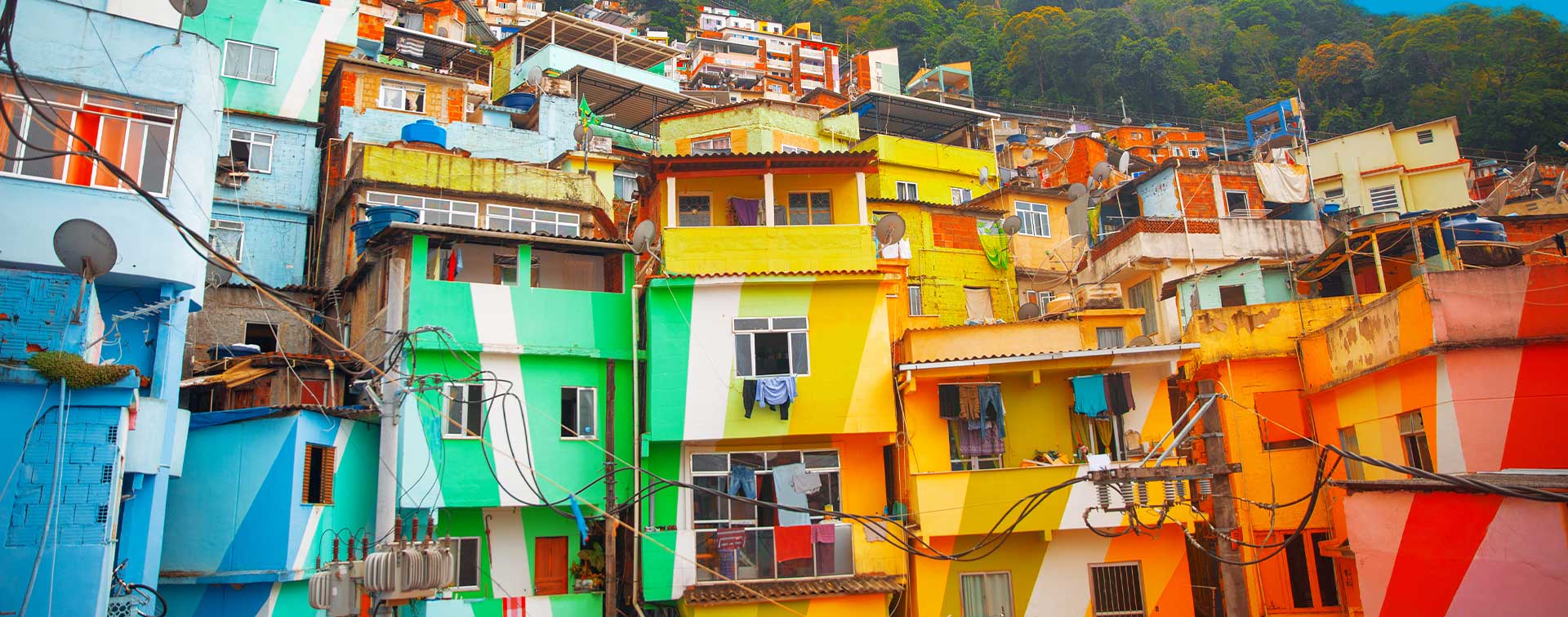 5 min
5 min
When she put forward a definition of sustainable development in 1987, the Norwegian Prime Minister Gro Harlem Brundtland didn’t imagine the extent to which this reference would take root in people’s minds on a global scale. Describing it as “development that meets the needs of the present without compromising the ability of future generations to meet their own needs,” Mrs. Brundtland put an end to the Manichaeism that up to then had opposed two visions of the world. That of the champions of unrestrained economic growth, the only driver of progress for the good of all, and that of fans of degrowth as the only alternative to trade globalization, detrimental to the balance of nature worldwide. This definition established a new explanation of the world and anticipation of its future, with priority given to dialogue and balance.
FURTHER READING: SUSTAINABLE CONSTRUCTION BAROMETER 2024

From sustainable to sustainability
Since 1987, the word “sustainable” has been one of the most used adjectives in the world, despite various translations that have given rise to a few controversies. The definition of sustainable development has been enriched, with its ambitions ultimately summarized in the 17 goals (SDGs) defined by the UN for 2030. It even goes as far as incorporating other criteria corresponding to health and well-being, social equality, financing, and the energy transition to give it a more pragmatic meaning. This is where “sustainability” comes into play, in other words the ability to do or be, making it a reality on the ground. The differences in interpretation to which it is subject actually derive from their field of application.

Each field has its definition
Sustainable construction, for example, combines performance and sustainability: throughout its life cycle, it makes a positive contribution to people’s health and well-being, presents a reduced environmental footprint, and delivers economic value and superior quality. For the World Green Building Council (WGBC), “this holistic approach to sustainable development should be applied throughout the entire life cycle of a building — from material sourcing, to design, construction, operation, and end-of-life.” In a more in-depth approach to sustainability, building professionals’ tasks go beyond the mere framework of decarbonization of the sector.
CO₂, a major sustainability criterion?
A key sustainability indicator, CO₂ has given sustainable development a more concrete perception. It has even become an exchange value on financial markets through ETS (Emissions Trading Schemes). This indicator has also been strengthened with a more refined perception of its creation and impacts. Through the prism of Whole Life Carbon, two types of CO₂ emissions can be distinguished: operational carbon emitted by buildings, related to the energy consumed to run them, and embodied carbon that corresponds to the carbon footprint of the products and materials used to build, maintain, and renovate these buildings. These invisible embodied energies encompass all the energy expended and consumed to create a material, wrap it up, transport it to distribution sites, store, distribute, sell, use, maintain… and then recycle it when it has reached its end-of-life.

Resource harvesting
On the basis of increasingly precise evaluations, sustainability’s field of investigation extends beyond carbon impact to encompass other equally important parameters. Starting with conserving natural resources that are renewable (wood, etc.), partially renewable (water), or completely non-renewable (sand, oil, gas, coal). They all have the common starting point of being free; only extracting and processing them has a cost. The implications of the notion of sustainability therefore have economic, social, and environmental consequences that cause a chain reaction. Circularity is a practical expression of this when it comes to a product’s design, production, use, and end-of-life. It takes the form of the “4Rs” in the building sector: rethink, reduce, reuse, and recycle. A philosophy that nowadays marks all construction and research initiatives. Accordingly, the Energy House 2.0 project by the University of Salford in Manchester tests construction solutions under extreme weather conditions to adapt them to climate change while reducing their carbon footprint.

A sustainable construction example: House of music in Budapest
Protecting and improving quality of life
The stakes are such that sustainability is on the rise, with a necessary symbiosis of parameters that go far beyond preserving resources or reducing carbon emissions. Biodiversity is part of it. In the long term, urban ways of life are set to incorporate the non-human — flora, fauna, natural elements — into urban designs. The revegetation of districts and buildings thus seems imperative to cope with extreme temperatures. And this will go even further, teaming sustainability with quality of life. A more human approach makes it possible to care for people in terms of comfort, health, and well-being. Access to drinking water, natural light, noise reduction, and air quality are part of a revisited vision in favor of a more inclusive habitat. A vision that is also more respectful of construction professionals’ working conditions avoids the handling of hazardous or overly heavy substances. Finance itself is now taking an interest in eco-friendly investment. Despite sometimes slightly higher construction costs, sustainable buildings are also more profitable due to higher rental incomes, lower energy bills, and reduced maintenance costs. Not to mention the benefits that improving quality of life brings to health expenditure.
The definition of sustainability would not be complete without the preservation of cultural resources. Habitat, cities, and regions are the embodiment of different lifestyles and culture from North to South. The approach to this concept can take different forms depending on whether you are in Seoul, London, or Buenos Aires. The different concepts of sustainability may be brought together under the same banner in one word: responsibility.
Photo credits: © rhutenia/shutterstock, © Philippe Chancel, © Christopher Furlong / AFP, © Jacob Lund/stock.adobe.com









